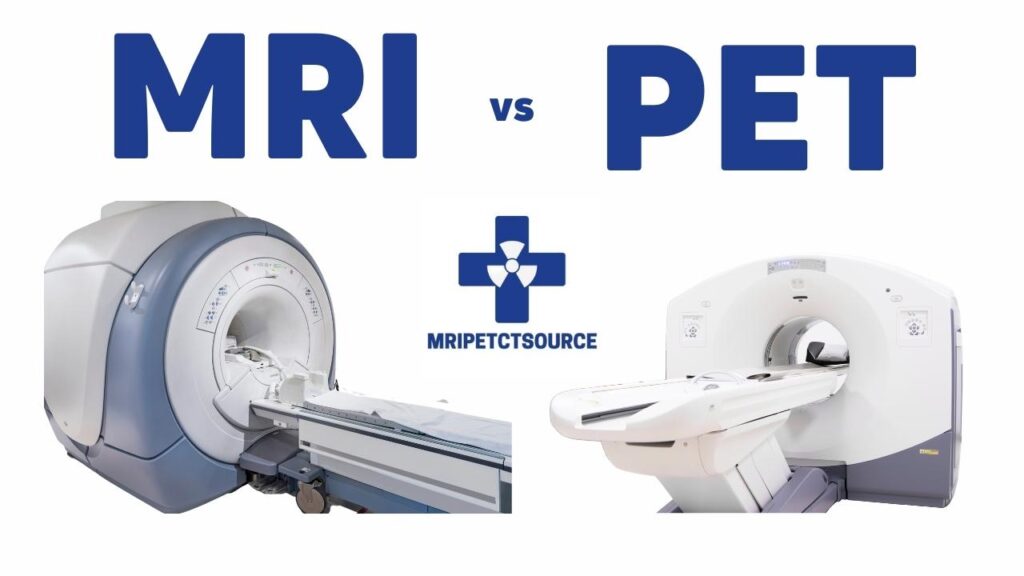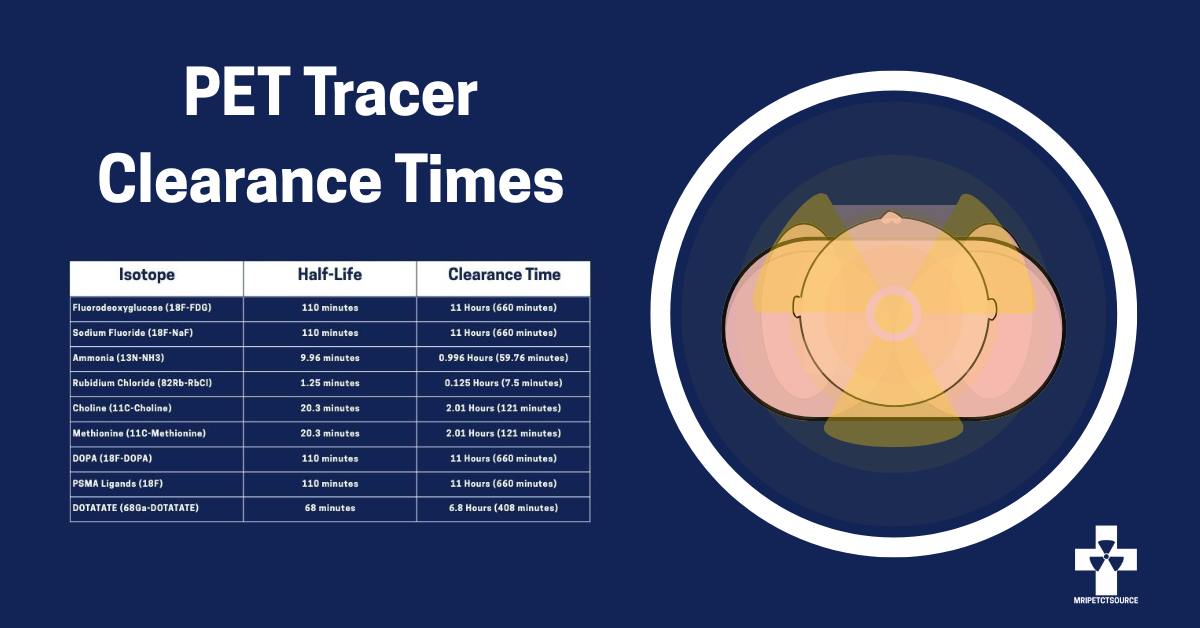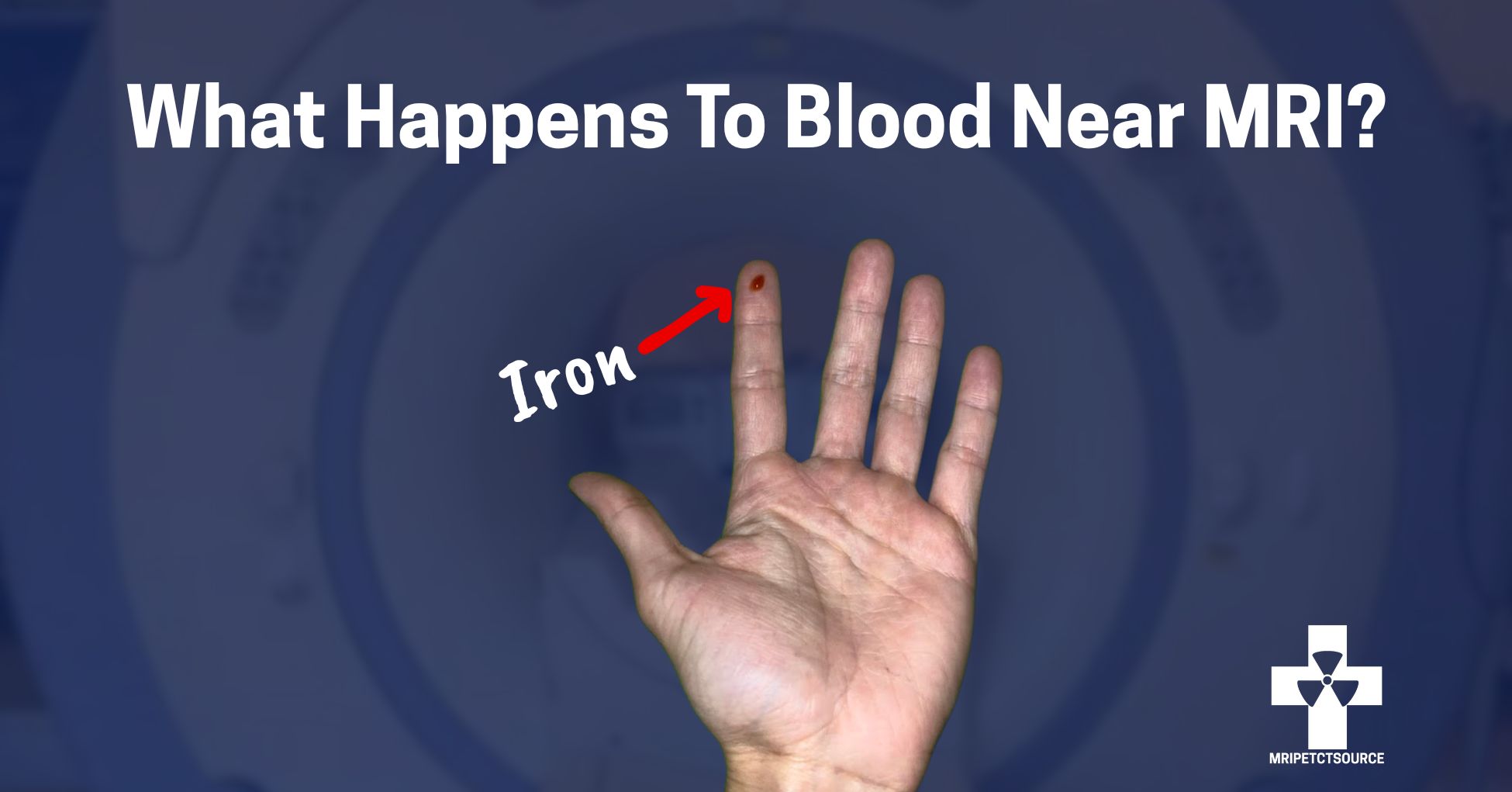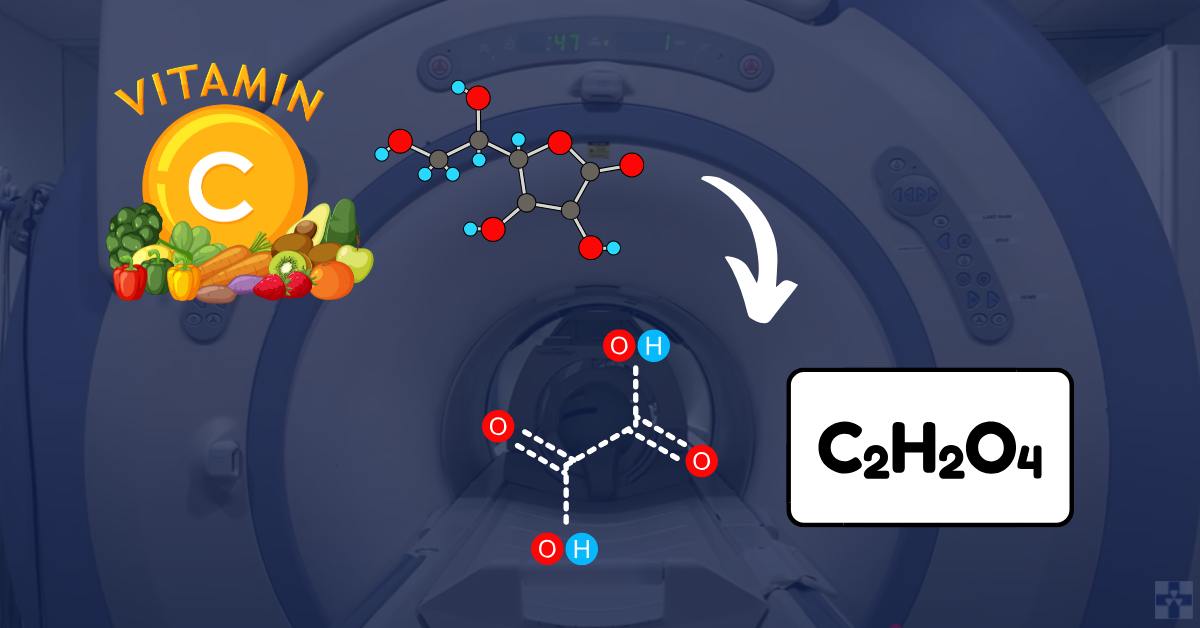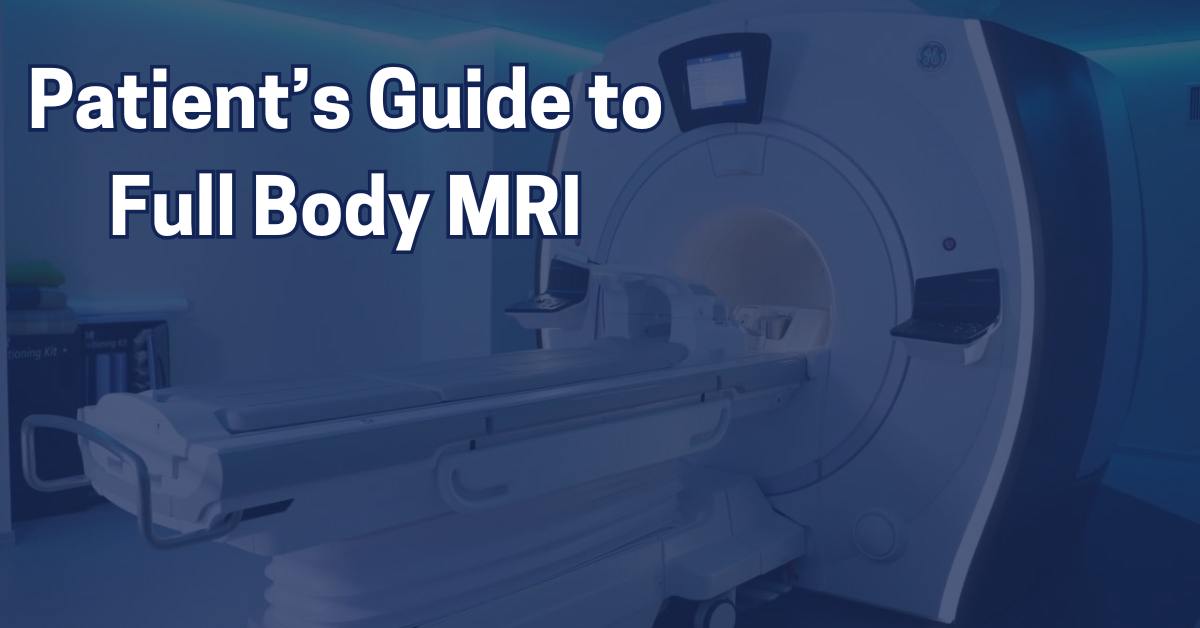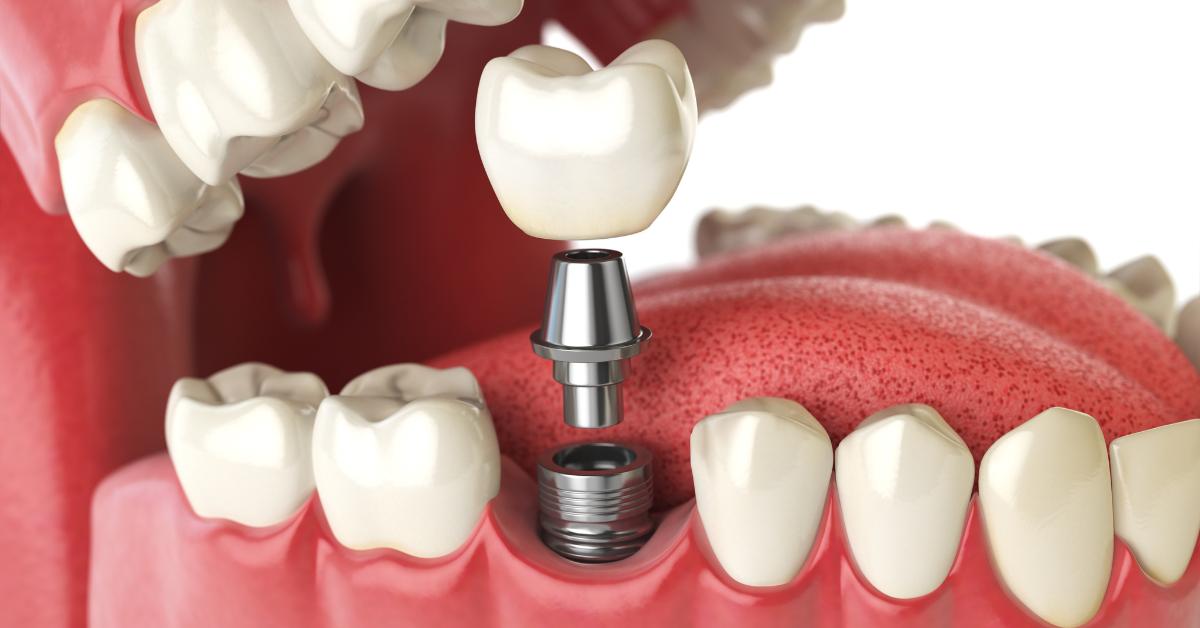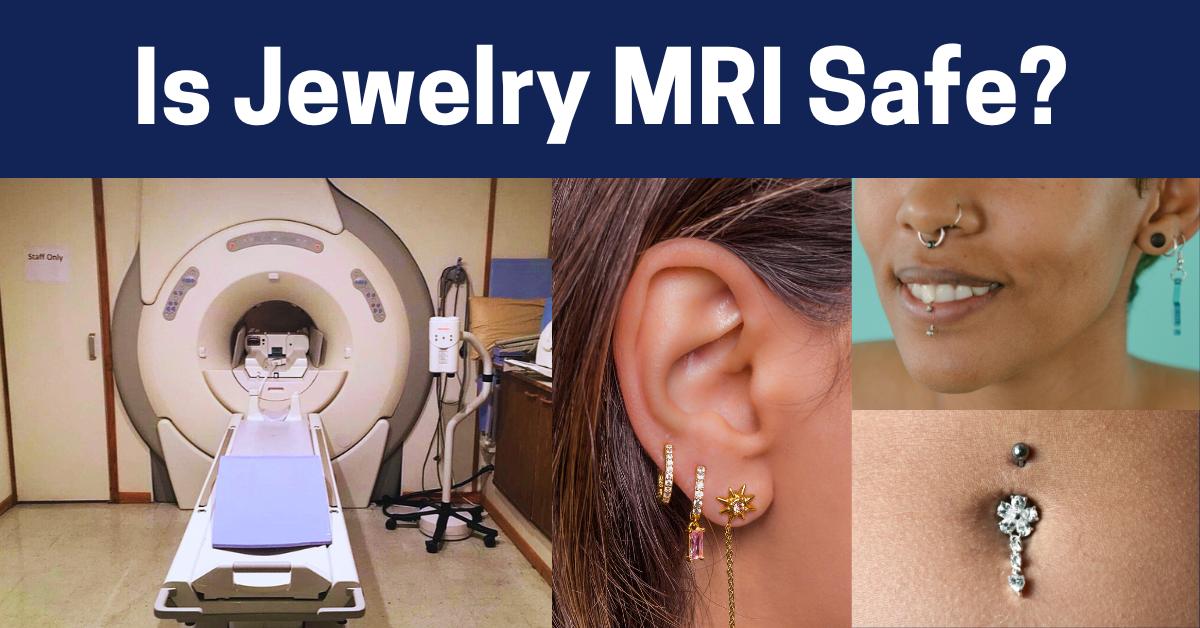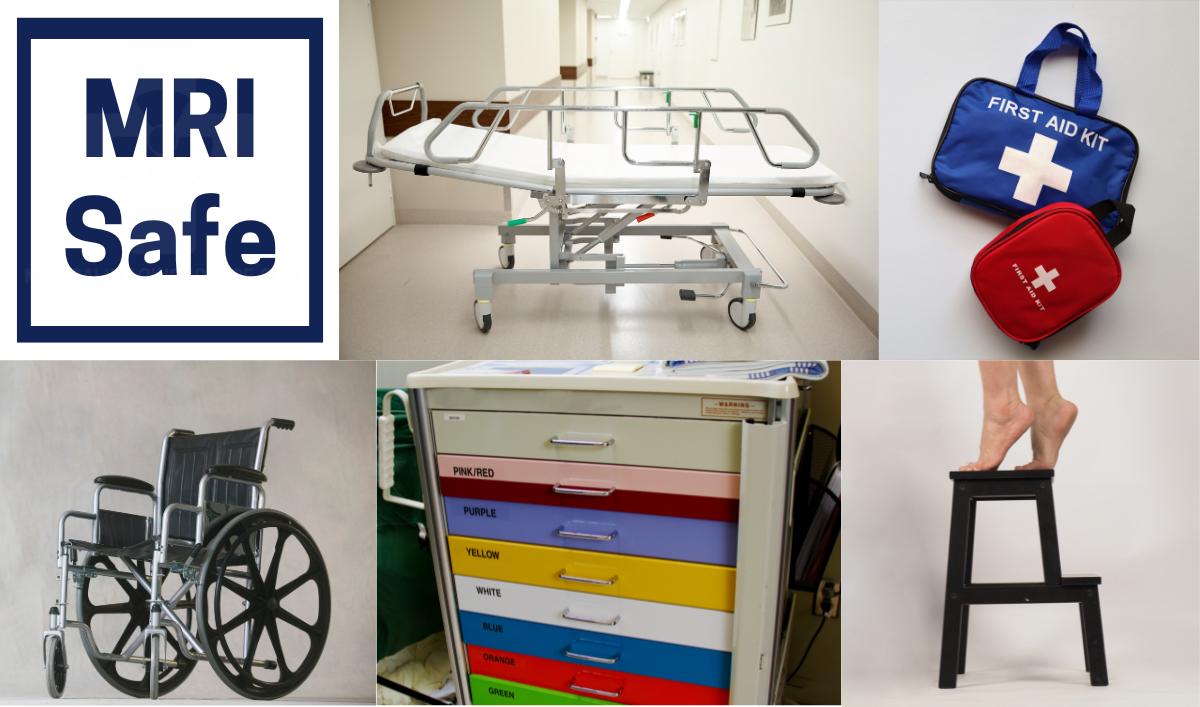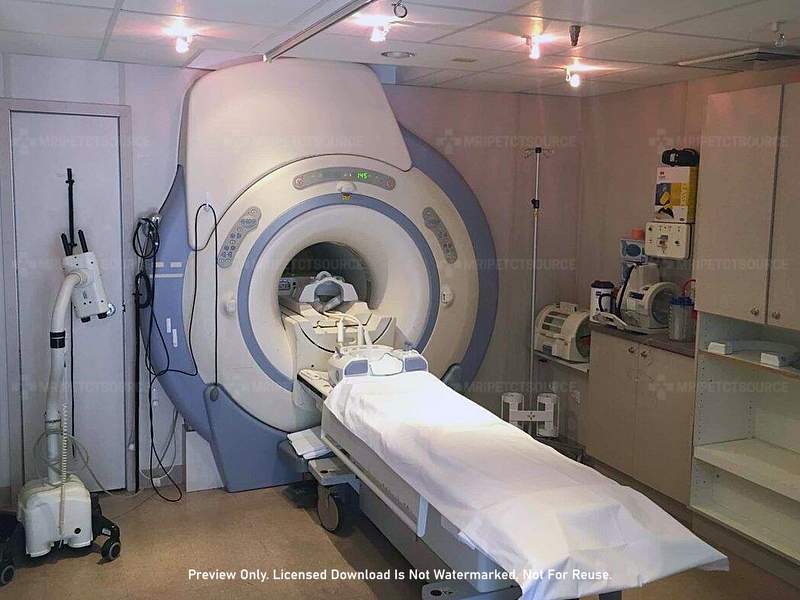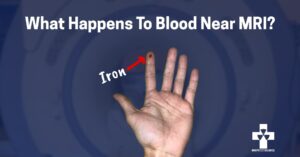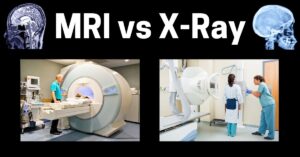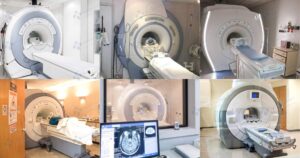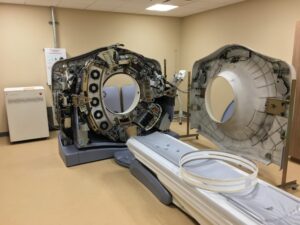MRI vs PET Scan: Understanding the Differences and Applications
MRI and PET scans are two powerful diagnostic imaging techniques used in modern medicine. They operate on distinct principles and offer unique advantages for different clinical scenarios. In this article, we explore the key differences between MRI (Magnetic Resonance Imaging) and PET (Positron Emission Tomography) scans.
We’ll discuss their underlying technologies, imaging capabilities, and specific applications. Whether you’re a healthcare professional or a curious individual, read on to uncover the fascinating disparities between MRI and PET scans and their contributions to medical diagnostics.
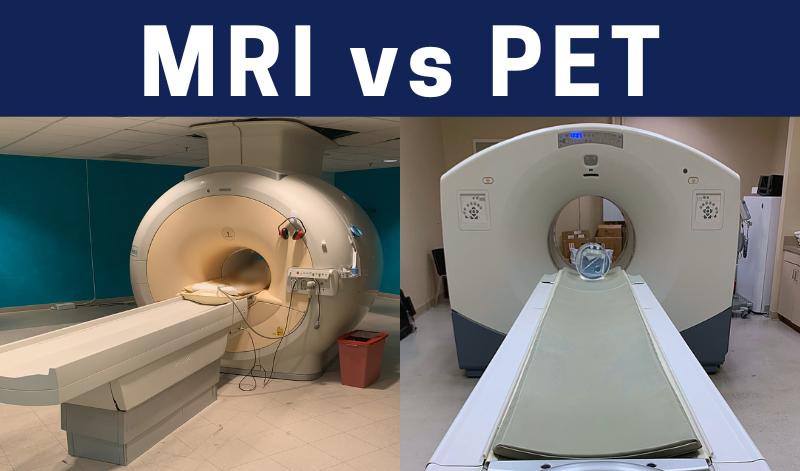
MRI Scan vs PET Scan
MRI and PET scans are two commonly used diagnostic imaging tools that play a crucial role in the diagnosis and monitoring of various medical conditions, including cancer. Both MRI and PET scans produce images of the inside of the body, which can provide valuable information about the structure and function of internal organs, tissues, and bones. However, both tests have significant differences that patients should consider when determining the most suitable option for their needs.
Recommended read: Free Cancer Patient Gifts and Resources
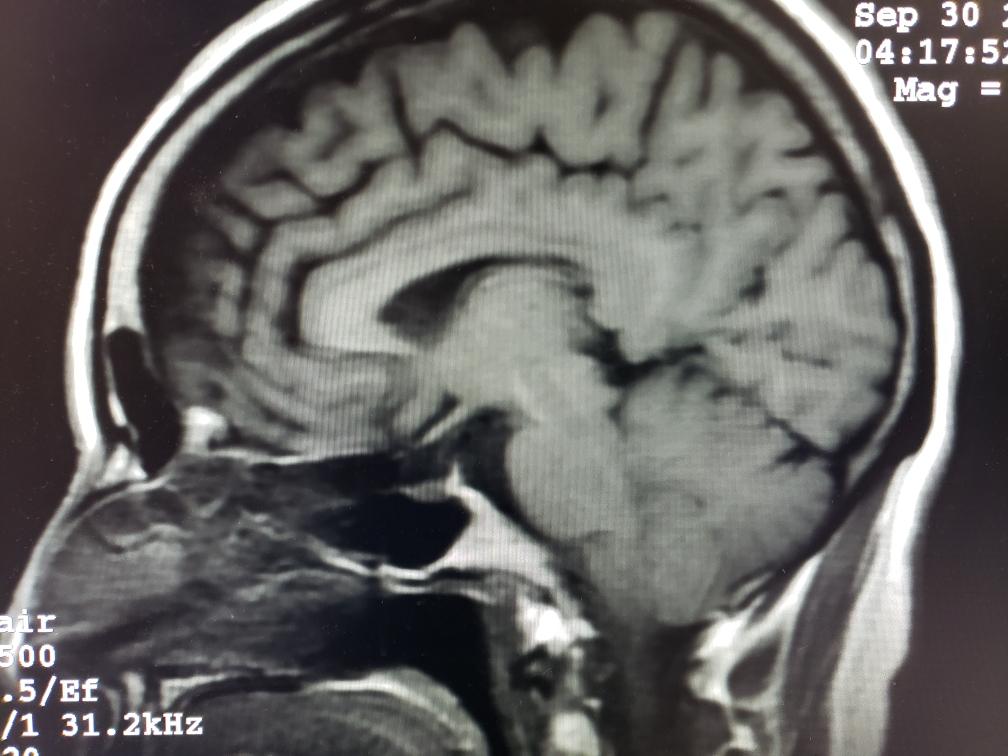
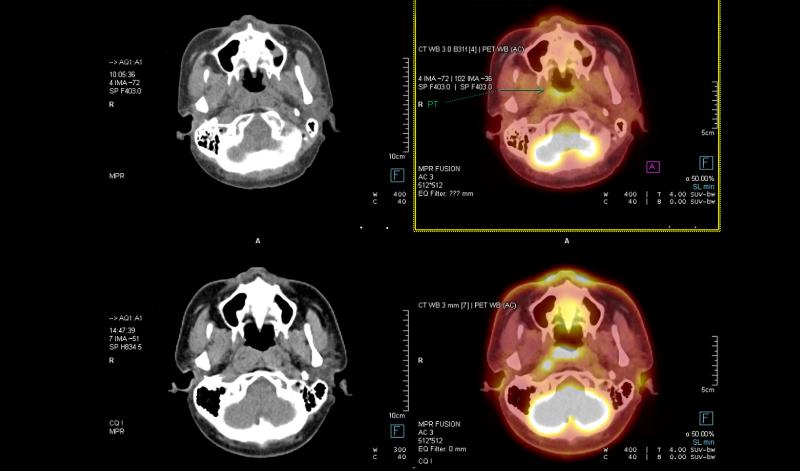
What’s the difference between MRI and PET scan?
Magnetic resonance imaging uses a strong magnetic field and radio waves to produce detailed images of internal structures. While positron emission tomography uses a small amount of radioactive material and a special camera to detect changes in metabolism.
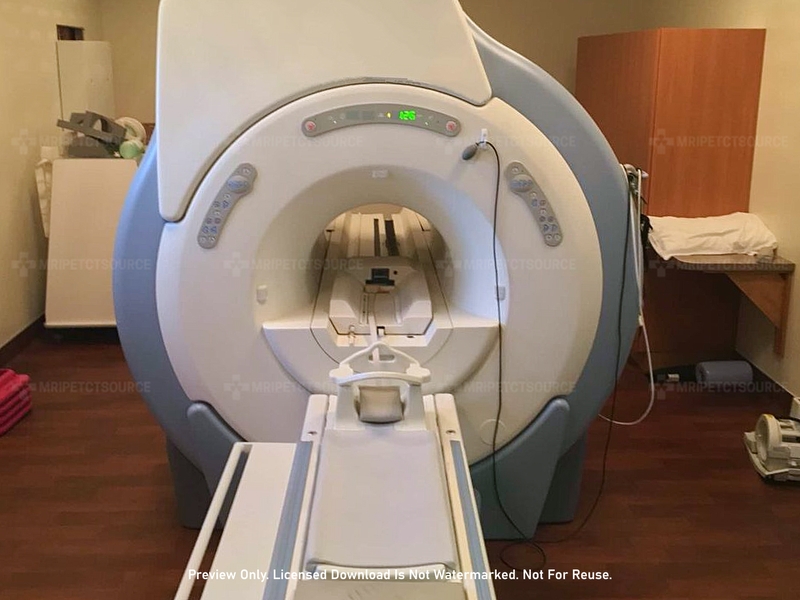
MRI scans work by aligning hydrogen atoms in the body with the magnetic field, and then using radio waves to disrupt this alignment. As the hydrogen atoms return to their normal alignment, they emit signals that are picked up by the MRI machine and used to create detailed images of the body.
PET scan machines, on the other hand, work by introducing a small amount of radioactive material into the body. This material is typically injected into the patient’s bloodstream and travels to the target area, where it emits positrons.
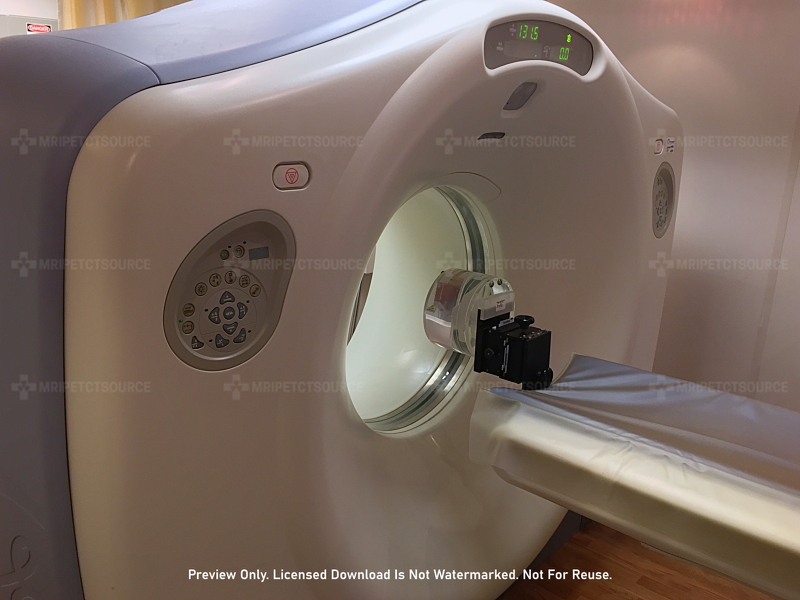
When a positron collides with an electron, they produce gamma rays that can be detected by the PET camera. This scan data is used to create images that reveal metabolic activity and help identify areas of the body where cells are using more energy.
Another significant difference between MRI and PET scans is the length of the scan.
MRI vs PET: Scan times
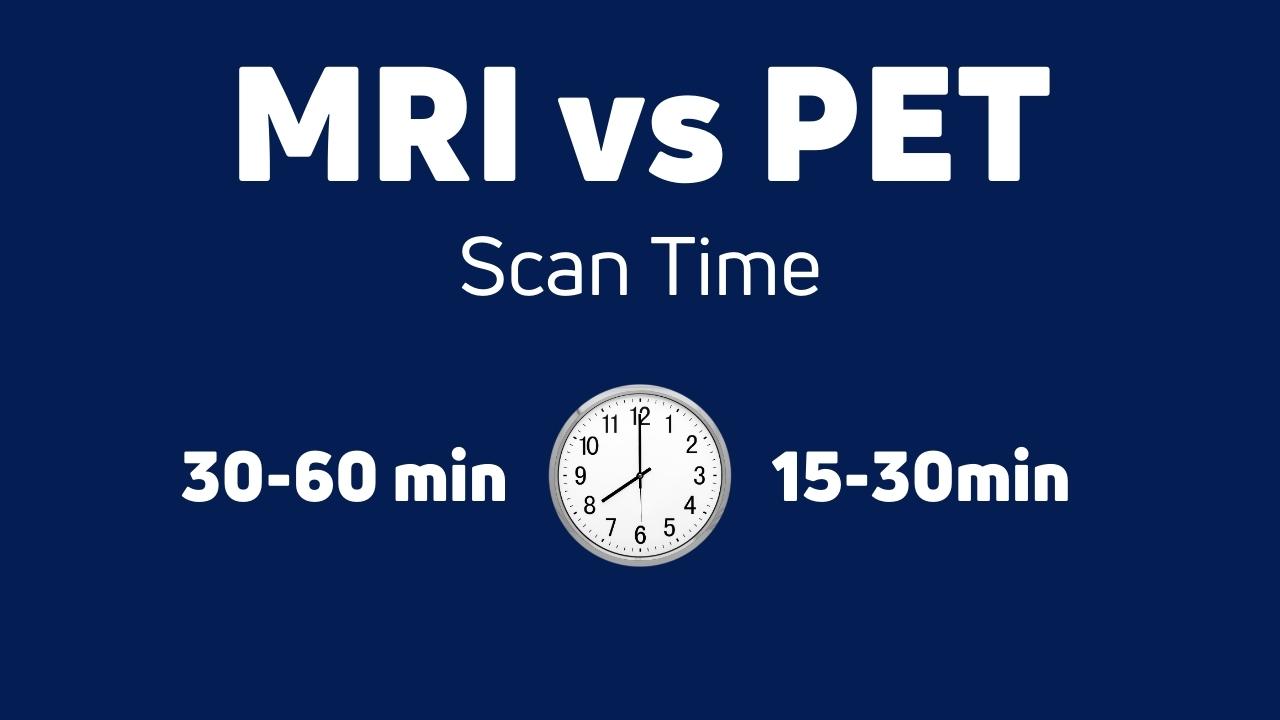
MRI scans typically require more time than PET scans. Patients can expect scan times between 30-45 minutes for an MRI, whereas a PET scan typically takes 15-30 minutes. This duration can be a determining factor for patients with limited time or those experiencing anxiety or claustrophobia during scans.
PET Scan vs MRI FAQ
The amount of radiation exposure involved is a key difference between MRI and PET scans. PET scans use a small amount of radioactive material, which can expose patients to low levels of radiation. This can be a concern for some patients, especially those who need repeated scans. On the other hand, MRI does not use ionizing radiation, making it a safer option for patients who need repeated scans or who are concerned about exposure to radiation.
Both MRI and PET scans can provide valuable information about the inside of the body. However, these two systems provide different types of information. MRI provides detailed images of anatomy and tissue structure. This can help diagnose and monitor conditions such as tumors, inflammation, injury, and degenerative conditions. PET scans, on the other hand, provides functional images that reveal metabolic activity and help identify areas of the body where cells are using more energy. This can be useful in the diagnosis and monitoring of conditions such as cancer,
MRI vs PET Scans for Cancer
In the case of cancer, MRI can provide high contrast images of the tissues and affected areas, which can help doctors determine the size, location, and extent of the tumor. One of the main differences between MRI and PET scans is the imaging technique used to produce the images.
Magnetic resonance imaging (MRI) can also help distinguish between benign and malignant tumors based on the characteristics of the tissue.

PET scans, on the other hand, provide functional images by administering a glucose-based PET contrast agent that travels through the bloodstream to reveal areas of increased metabolic activity and blood flow. This imaging technique takes advantage of cancerous cells’ reliance on glucose in the bloodstream for energy.
PET scans can help healthcare providers determine the stage of the cancer, identify areas of the body that may be affected by metastases, and monitor the effectiveness of treatments.
MRI vs PET Scan Cost
Another important factor to consider when deciding between MRI and PET scans is cost and availability. While both imaging systems are widely available, the cost and availability of each test can vary depending on the patient’s location and insurance coverage. Patients should discuss the cost and availability of each test with their healthcare provider to determine the best course of action for their specific needs.
MRI vs PET Scan Associated Risks
MRI and PET scans are safe diagnostic imaging techniques, but each has distinct risks. MRI may pose risks to patients with metallic implants or devices due to strong magnetic fields causing movement or heating. Claustrophobic individuals may experience anxiety or discomfort in the MRI machine. Click here to learn more in our MRI accidents case study.
PET scans involve radiation exposure from a radioactive tracer. While radiation levels are generally low with short half-lives, it’s crucial to consider risks for pregnant women or radiation-sensitive individuals. Healthcare professionals must assess circumstances and weigh benefits against risks when recommending imaging modalities.
Conclusion
Both MRI and PET scans are valuable diagnostic tools that can provide important information about the inside of the body. The choice between the two tests depends on the specific medical needs and goals of the patient, as well as the availability of the tests in a particular area. Patients should discuss the pros and cons of each test with their healthcare provider to determine the best course of action for their specific needs.
It is also important for patients to understand that these tests are just one part of the diagnostic process and that a combination of tests, including physical exams, laboratory tests, and biopsies, may be necessary to arrive at a definitive diagnosis.
We hope this was a helpful article. Please consider subscribing to the MRIPETCTSOURCE newsletter to stay up to date with the latest news.
Related Resources
Quick Navigation Links
Helpful Resources
The information provided by MRIPETCTSOURCE (“we,” “us,” or “our”) on https://www.medicalimagingsource.com (the “Site”) is for general informational purposes only. All information on the Site is provided in good faith, however we make no representation or warranty of any kind, express or implied, regarding the accuracy, adequacy, validity, reliability, availability, or completeness of any information on the Site. UNDER NO CIRCUMSTANCE SHALL WE HAVE ANY LABILITY TO YOU FOR ANY LOSS OR DAMAGE OF ANY KIND INCURRED AS A RESULT OF THE USE OF THE SITE OR RELIANCE ON ANY INFORMATION PROVIDED ON THE SITE. YOUR USE OF THE SITE AND YOUR RELIANCE ON ANY INFORMATION ON THE SITE IS SOLELY AT YOUR OWN RISK.

